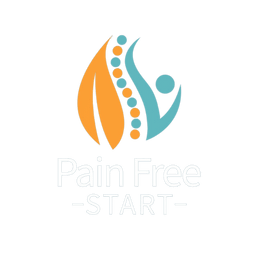Introduction
When dealing with persistent tennis elbow pain, it’s natural to wonder if surgery might be the answer. Surgery is sometimes considered for cases that don’t improve with other treatments, but most people recover successfully without it. In this guide, we’ll cover when surgery might be recommended, what it involves, and the non-surgical options that can help you find relief.
When is Surgery Considered for Tennis Elbow?
For most people, tennis elbow can be effectively managed with non-surgical treatments. However, surgery may be an option in cases where:
- Pain Persists Despite six to twelve months of conservative treatments, such as physical therapy for management advice and an exercise-based loading program.
- Significant Limitations in daily activities persist, and quality of life is impacted despite other interventions.
What Does Tennis Elbow Surgery Involve?
The goal of tennis elbow surgery is to remove damaged tissue from the tendon, reduce pain, and promote healing. The procedure can be done in a few different ways:
- Open Surgery
The surgeon makes a small incision over the elbow to access the damaged tendon. Open surgery is effective but may require a longer recovery period. - Arthroscopic Surgery
This minimally invasive option uses small incisions and a tiny camera to guide the surgeon. Arthroscopic surgery generally results in a quicker recovery but may not be available for all cases. - Percutaneous Release
A less common technique involves using a needle to break up scar tissue without making an incision.
Recovery After Tennis Elbow Surgery
Recovery varies based on the type of surgery, but here’s what you can expect:
- Initial Rest
You’ll need to rest your arm for a few weeks, followed by a gradual reintroduction to daily activities. - Physical Therapy
Rehabilitation exercises will help you regain strength and flexibility in your arm. Physical therapy is essential to a full recovery. - Long-Term Healing
It may take 6-12 months to recover from tennis elbow surgery fully, and commitment to post-surgical exercises is key to maintaining results.

FREE MASTERCLASS – Join me and find out if you have tennis elbow and what you can do to resolve it.
Exploring Non-Surgical Options First
The vast majority of people find relief through non-surgical methods, so make sure you have fully embraced a structured treatment program before opting for surgery. Targeted exercises, modifications to your daily movements, and strengthening techniques normally resolve tennis elbow without needing an invasive procedure. My Online Tennis Elbow Program has everything you need to resolve your tennis elbow quickly and easily. Find out how it can help you – Tennis Elbow Program. You can even start straight away.
Take Control of Your Recovery
My Online Tennis Elbow Program has everything you need to resolve your tennis elbow quickly and easily. It offers a comprehensive, non-surgical approach to recovery. It includes targeted exercises, practical tips, and personalised support to help you heal and prevent future pain.
Conclusion
While surgery is sometimes necessary for tennis elbow, most cases can be effectively managed with non-surgical treatments. A well-structured program that includes targeted exercises and modifications to your daily activities can help alleviate pain and promote healing. If surgery becomes necessary, it’s important to understand the procedure and recovery process. However, exploring non-surgical options first can often lead to long-term relief and avoid the need for invasive treatments. By taking a proactive approach to your recovery, you can manage and overcome tennis elbow, improving your quality of life. If you need help with this then I’m happy to help – take a look at my Tennis Elbow Program or join my FREE Masterclass.
Take care, Helen
Helen Manders BSc (Hons) MCSP HCPC
Chartered Physiotherapist Since 2001



